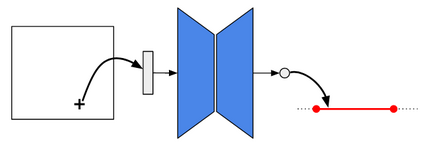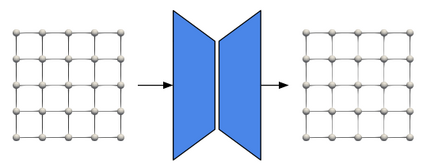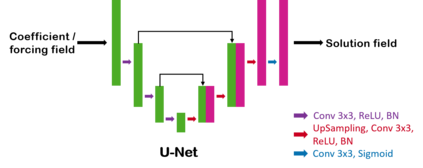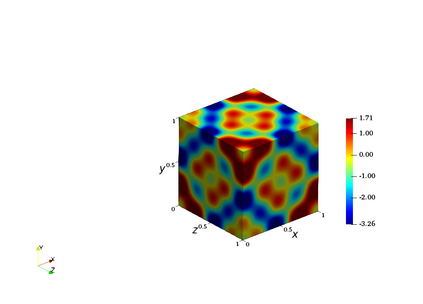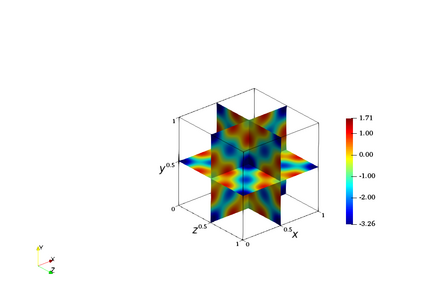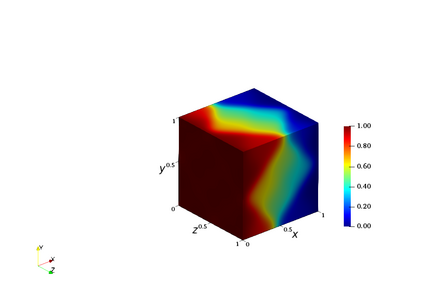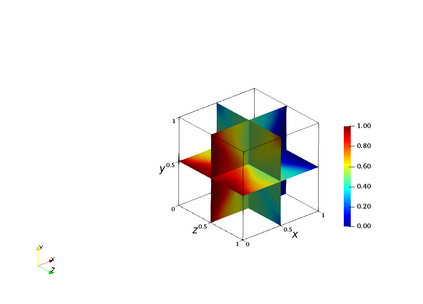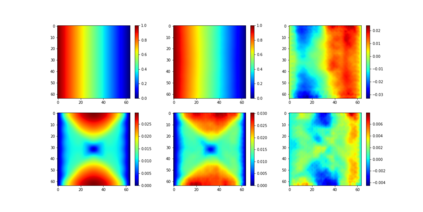We consider a mesh-based approach for training a neural network to produce field predictions of solutions to parametric partial differential equations (PDEs). This approach contrasts current approaches for ``neural PDE solvers'' that employ collocation-based methods to make point-wise predictions of solutions to PDEs. This approach has the advantage of naturally enforcing different boundary conditions as well as ease of invoking well-developed PDE theory -- including analysis of numerical stability and convergence -- to obtain capacity bounds for our proposed neural networks in discretized domains. We explore our mesh-based strategy, called DiffNet, using a weighted Galerkin loss function based on the Finite Element Method (FEM) on a parametric elliptic PDE. The weighted Galerkin loss (FEM loss) is similar to an energy functional that produces improved solutions, satisfies \textit{a priori} mesh convergence, and can model Dirichlet and Neumann boundary conditions. We prove theoretically, and illustrate with experiments, convergence results analogous to mesh convergence analysis deployed in finite element solutions to PDEs. These results suggest that a mesh-based neural network approach serves as a promising approach for solving parametric PDEs.
翻译:我们考虑一种基于网格的方法,用于培训神经网络,以实地预测对准部分差异方程式(PDEs)的解决办法。这种方法与目前对“神经PDE求解器”采用合用法,对PDEs的解决办法进行精准预测的“内置法”方法形成对照。这种方法的优点是自然地执行不同的边界条件,并容易援引完善的PDE理论,包括数字稳定性和趋同分析,以便为我们拟议的神经网络在离散域中获取能力界限。我们探索我们的基于网格的战略,称为DiffNet。我们使用基于对等离子元素法的加权加列金损失函数,对准离子法PDE。加权加列金损失(FEM损失)类似于能产生改进解决办法的能源功能,满足了\textit{a 前置线网形组合,可以模拟Drichlet和Neumann边界条件。我们用实验证明,趋同在PDES的有限元素解决方案中采用的网形趋同分析结果相似。这些结果表明,一种有希望的网络方法可以用来解决有希望的网络。

